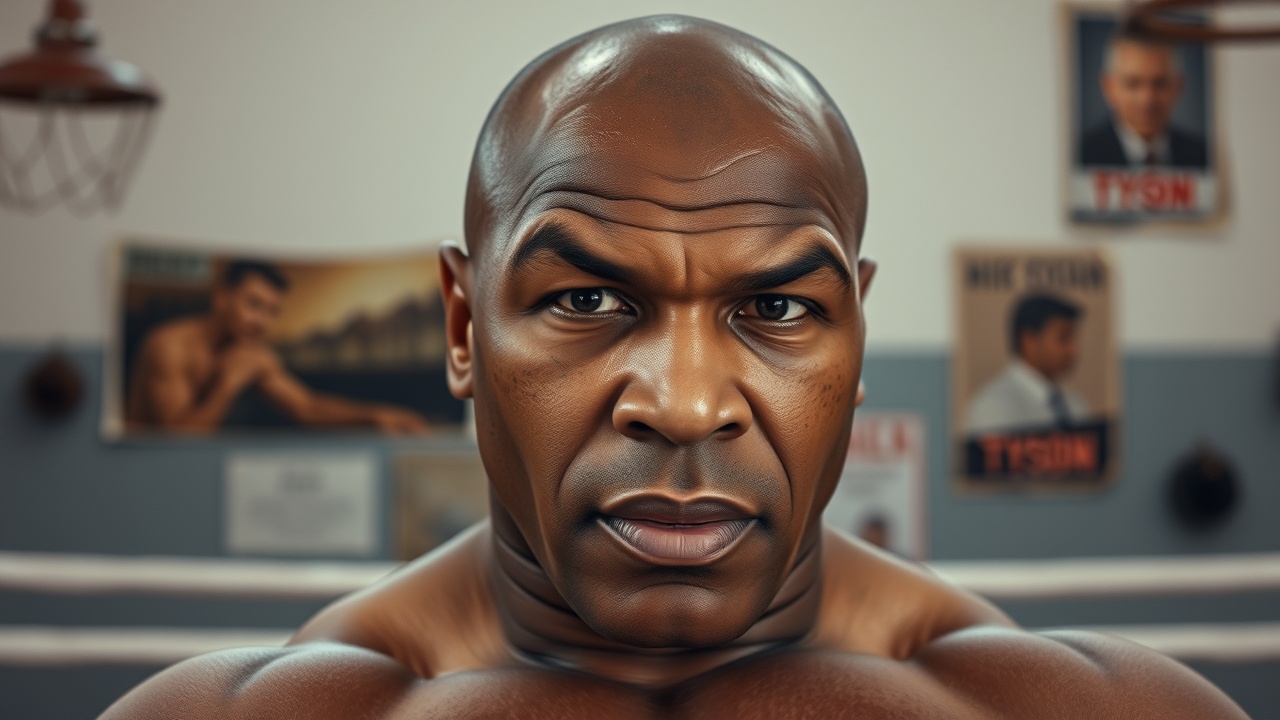Introduction
In his latest work, “Baddest Man: The Making of Mike Tyson,” acclaimed author Mark Kriegel delves into the tumultuous and fascinating life of one of boxing’s legends. Known for his previous biographies of sports figures like Joe Namath and Pete Maravich, Kriegel joined me on my podcast to share insights into his writing process and the challenges he faced while exploring Tyson’s complex character.
Background on the Book
Kriegel revealed that his journey to write about Tyson stemmed from an unexpected situation with his publisher. After struggling to fulfill a prior commitment, he approached them with the intention of returning the advance, but they insisted he take on a new project. Initially resistant, he was nudged by a friend who suggested that exploring Tyson’s life was not only a writing challenge but a duty. This encouragement, coupled with Kriegel’s personal struggles, including a torn hamstring that limited his physical activities, led him to reconsider.
The Complex Nature of Tyson
Discussing his perspective on Tyson, Kriegel emphasized the importance of an author’s passion for their subject. His previous subjects, despite their complexities, were approached with admiration; however, his relationship with Tyson was more adversarial based on his past coverage. Having reported extensively on Tyson during his fall from grace, including his rape trial, Kriegel felt hesitant due to their history. He acknowledged that his earlier writing may have painted Tyson as a villain, which made him apprehensive about revisiting the story.
Despite this challenging background, Kriegel found value in Tyson’s resilience in the face of adversities such as addiction, loss, and fame that often consume individuals like Michael Jackson and Elvis Presley. The fact that Tyson emerged from such chaos made Kriegel reconsider the boxer’s narrative.
Engaging with Tyson
As the book began to take shape, Kriegel set expectations for his interactions with Tyson. Acknowledging the boxer’s current success and refusal to share his life story for free, Kriegel sought to establish boundaries without wanting a typical autobiography filled with forced narratives. He aimed instead for authenticity, asking Tyson pointedly about his mentor Cus D’Amato‘s role in shaping him.
Kriegel posed a question that challenged Tyson: whether D’Amato’s intense expectations of greatness were beneficial or detrimental.
This inquiry led to a thought-provoking exchange where Tyson defended his legacy, ultimately suggesting that he had indeed fulfilled that demanding dream. Kriegel’s exploration of this mentor-student dynamic raises deeper questions about the true cost of success in the unforgiving world of boxing and fame.
As Kriegel’s book comes to light, it promises to be an intriguing examination of Mike Tyson’s life — one that delves beyond the boxing ring into the psychological and emotional landscapes that define him.




